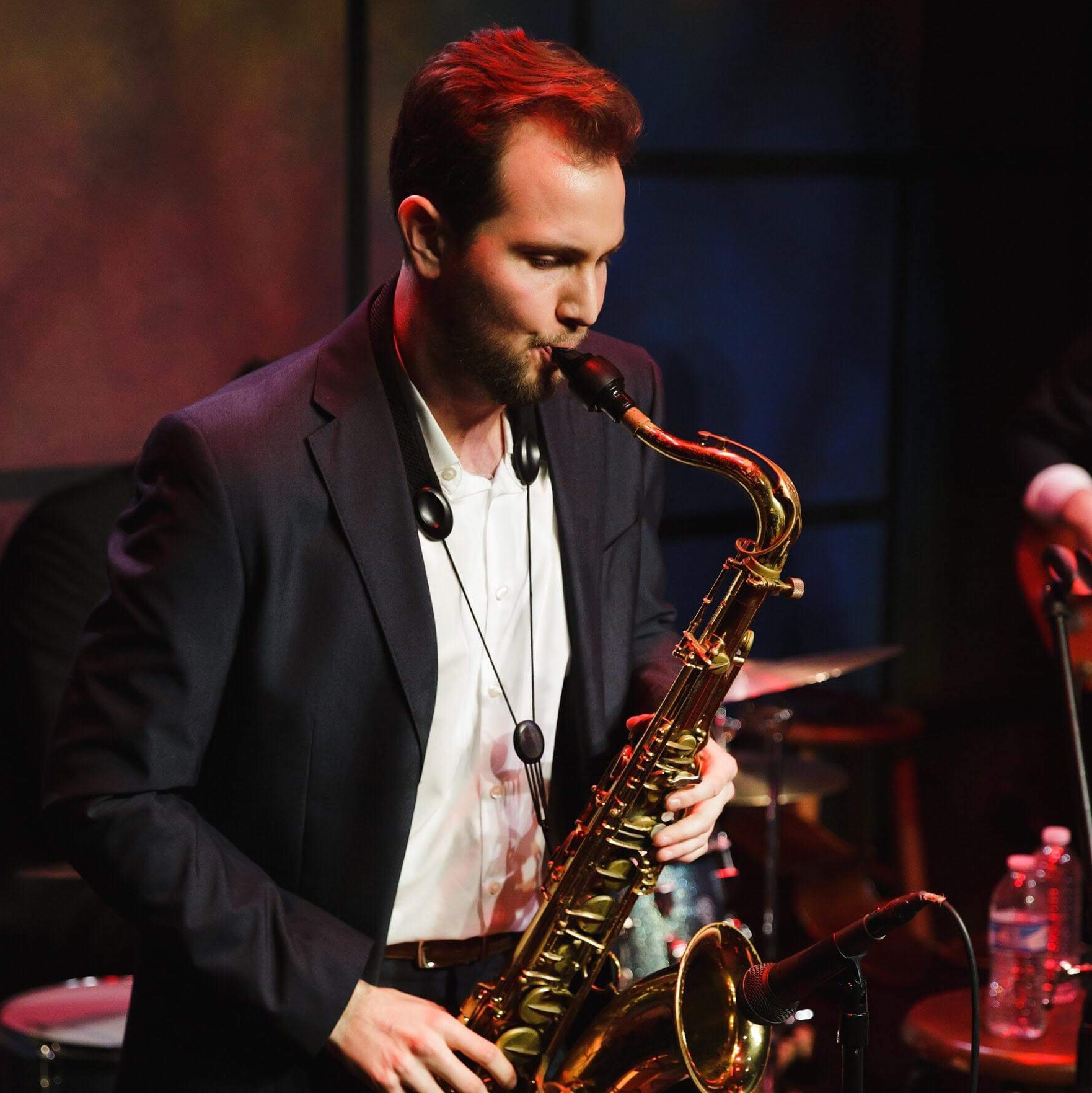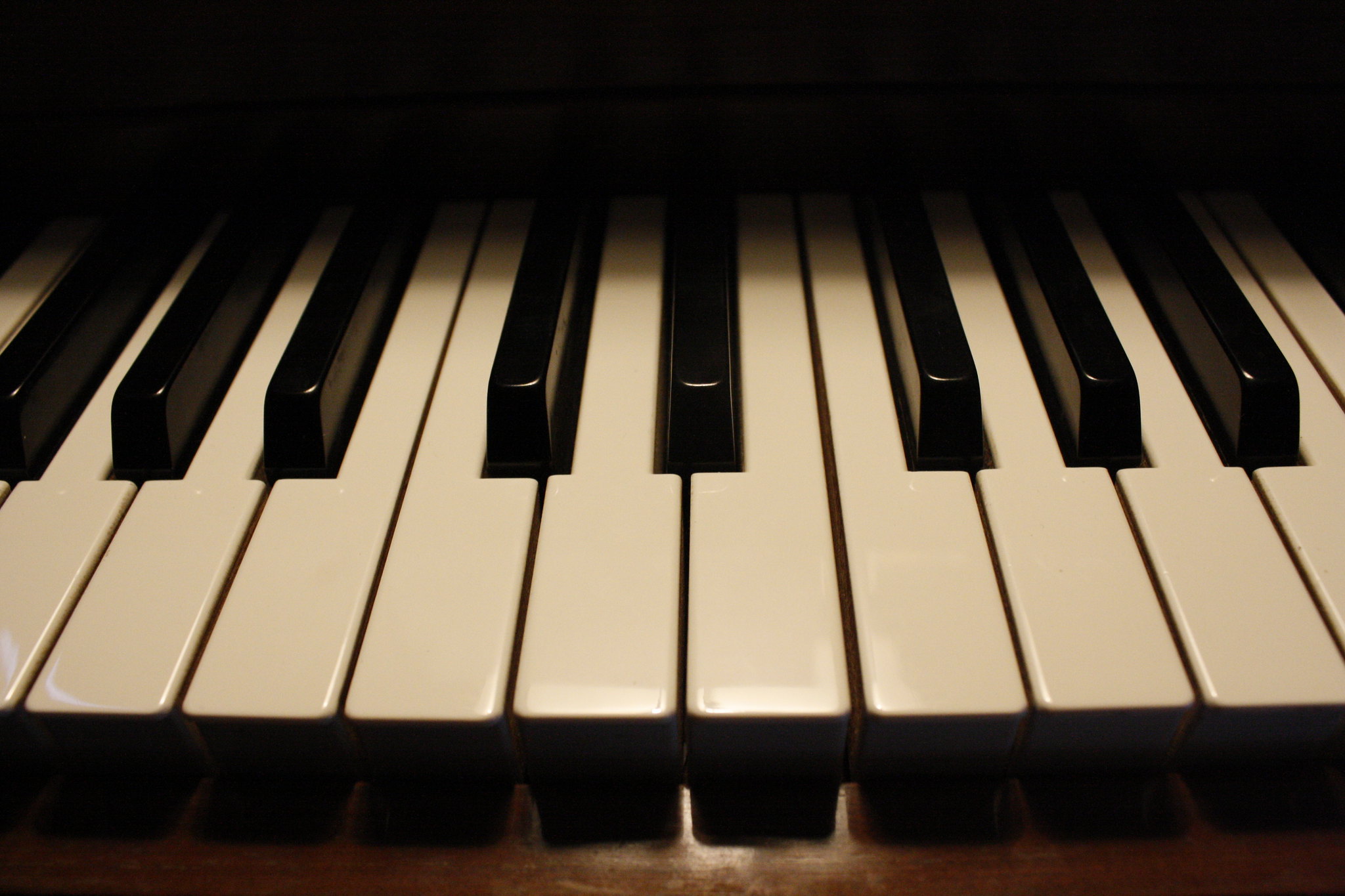When beginning your journey into the world of composition, there are bound to be many terms and concepts with which you have no experience or knowledge of beforehand. From how to build chords to which intervals should go unused there are many things that a normal track through school band won’t prepare you for.
Therefore, this article will go over a concept that, while you won’t have been aware of it, you’ve actually been exposed to from playing music at school the whole time.
Non-Chord Tones
Non-Chord Tones, also called "non-harmonic tones" or "embellishing tones", refer to notes within a short melodic line in which they are not any of the notes that make of the chord outline (namely the 1st, 3rd, 5th, or 7th notes in the scale). In each case, only ONE note exemplifies the actual dissonance, and that dissonant note is "approached" (by the note before) and "resolved" (by the note after) in a specific way.
Moving lines that contain Non-Chord Tones are littered within songs of all different styles and therefore, this concept will be incredibly important for any aspiring composer to master early on.
Some things to note about these Non-Chord Tones includes:
- Most dissonances happen on a weak beat (the 2nd and 4th beats during 4/4 time, or both the 2nd and 3rd in 3/4 time), and usually are approached/resolved by step.
- The interval that involves the dissonance is measured by its distance from the bass note.
Let’s take a look at these various types of non-chord tones with the help of a few music chart examples!
Passing Tones
The most common and also simplest non-chord tone in music theory, these types of movements look like simple scale ascending/descending lines.
-
Passing Tone ( If It happens on a strong beat, it is then called an Appoggiatura or an Accented Passing Tone)
-
Dissonant note approached by step motion
-
Happens on weak beat
-
Resolved by step motion in same direction

-
Neighbor Tones
These are also extremely common throughout music, however it isn’t quite as common as the Passing Tones. They do NOT look like scale movement.
-
Neighbor Tone (sometimes called a Neighbor Note)
-
Dissonant note approached by note either above or below
-
Happens on weak beat
-
Resolved by returning to original note

-
Anticipation
These sound particularly good when used at the ends of ideas or as transitions to new phrases.
-
Anticipation
-
Dissonant note approached by step motion
-
Happens on weak beat
-
Resolves with the same note

-
Cambiata
Typically used during the meat of an idea or phrase, these are also known in the jazz world as enclosures.
-
Cambiata (also known as Changing Tones)
-
Dissonant note approached by step motion (to first note of the pair)
-
Happens on weak beat
-
Resolved by step motion (from the last note of the pair)

-
Escape Tones
These, like Cambiata’s, are also great ways to transition to new ideas or concepts.
-
Escape Tone
-
Dissonant note approached by step motion
-
Happens on weak note
-
Resolved by LEAP in opposite direction (to chord tone)

-
Appoggiatura
Similar to the Escape Tones, these note movements also have large leaps and step motion, however the order is actually directly opposite of Escape Tones.
-
Appoggiatura
-
Dissonant note approached by LEAP
-
Happens on a weak beat (sometimes a strong-beat "Accented Passing Tone" is called an appoggiatura)
-
Dissonant note resolved by step in the opposite direction

-
Suspension
These are meant to create and hold tension for as long as possible within the composer’s scope. They work well in many different types of pieces and situations.
-
Suspension
-
Dissonant note approached by same pitch
-
Happens on STRONG beat
-
Resolved by step motion down
-
4-3 Suspension
-
7-6 Suspension
-
9-8 Suspension
-
2-3 Suspension

-
-
Retardation
These work well primarily at the ends of phrases, cadences, or ideas.
-
Retardation
- Dissonant approached by same note
- Happens on strong beat
- Resolved by step UP
- Retardation and Suspension are similar concepts with two different outcomes intended

In Conclusion
We hope this brief guide has been helpful in navigating the world of non-chord tones and how you can use them in your own compositions!




